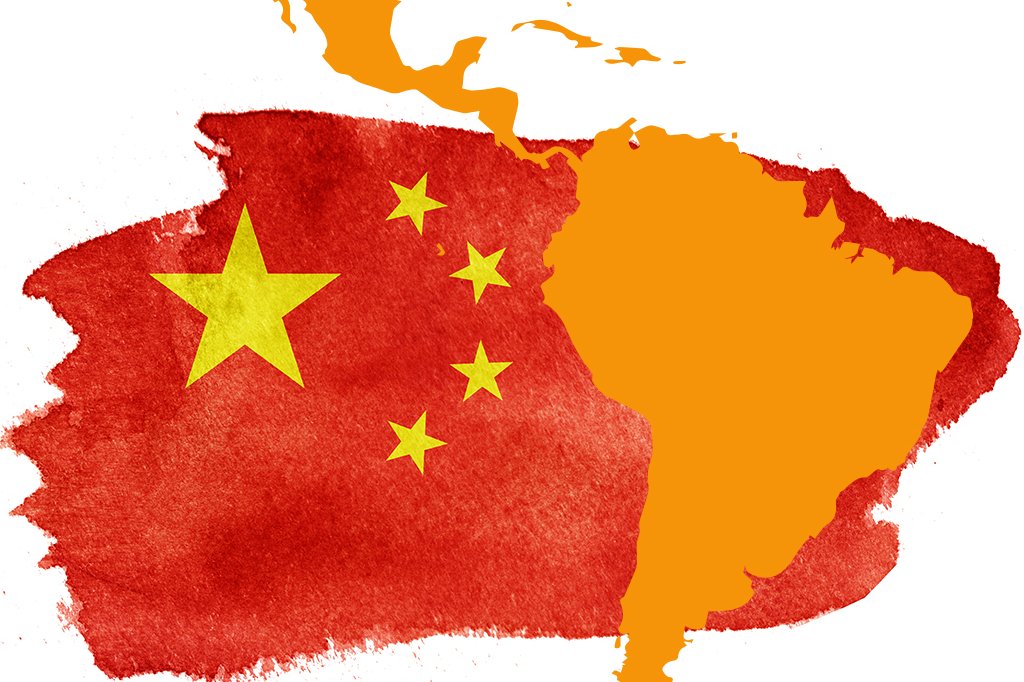For some time now, almost everything in Latin America has had something to do with China, warns Spanish economist Alicia García Herrero.
The relationship between the two regions began with commodity trade when China became the main buyer of raw materials after putting its economy “on steroids” to protect itself from the effects of the 2008 global financial crisis.
“China has managed to turn the tables by flooding Latin American countries with its exports of consumer goods and, more recently, intermediate goods such as machinery, electronic components, and many others, in direct competition with the United States and, above all, with a Europe that has benefited for decades from its global export power,” García argues in a column published May 31, 2023, in the Spanish daily El País.
 As most Latin American countries began accumulating trade deficits with the Asian giant, the latter began developing a second layer of economic influence: direct investment.
As most Latin American countries began accumulating trade deficits with the Asian giant, the latter began developing a second layer of economic influence: direct investment.
Despite China’s manufacturing competitiveness, this type of company did not start production in Latin America; it was the electricity sector and the search for control over natural resources, explains the expert.
But beyond direct investment, China’s involvement in infrastructure construction in Latin America has been financed by loans from large Chinese development banks, which have only increased Latin American debt, this time with China.
In some cases, debt accumulation was so rapid that it ended in debt restructuring, as in the case of Ecuador.
“It should come as no surprise that China, having expanded its economic relations, has also been able to expand its diplomatic relations with much of the region,” García notes.
Political trends in the region are undoubtedly influenced by China, as evidenced by Lula da Silva’s election campaign and foreign policy.
In general, the winds of left-wing populism are getting stronger, seeking an alternative development model in which the state plays a greater role.
“Although China’s influence seems unstoppable, the reality is that both the United States and the European Union have made it easy for China.”
“Both economic blocs have not taken the importance of trade and investment agreements with Latin America seriously enough and have lost ground in the region,” García analyzes.
In the case of the United States, the financial crisis has taken its toll, as the public no longer appreciates the benefits of international trade.
In the EU, the lack of an agreement with Mercosur after more than 20 years of negotiations is paradigmatic of member countries’ difficulties in making the necessary concessions.
“It is easy to blame China for our loss of influence in the Latin American region, but in reality, China has only taken advantage of the opportunity we have given Beijing in a probably unconscious way but obvious in the eyes of the rest of the world,” she concluded.
News Latin America, English news Latin America, China’s influence in Latin America

